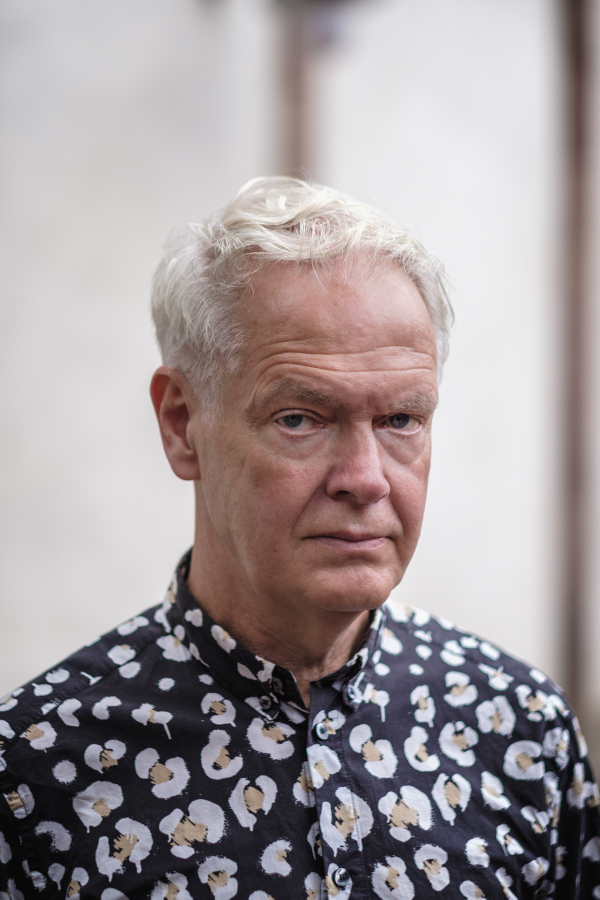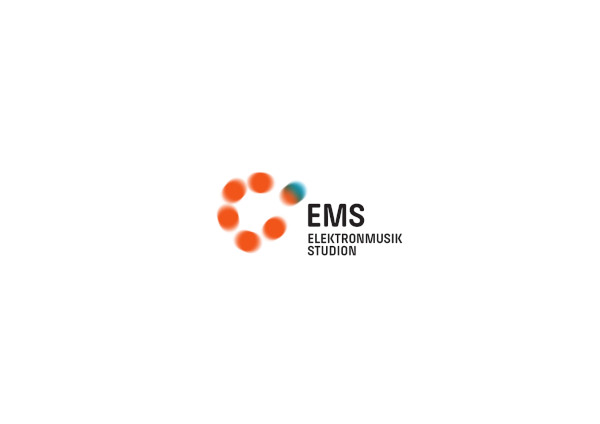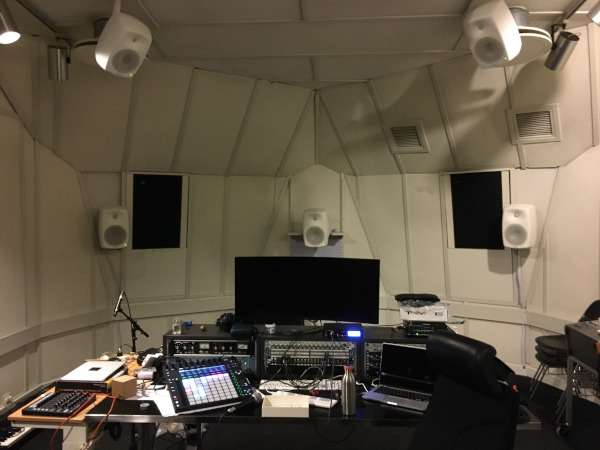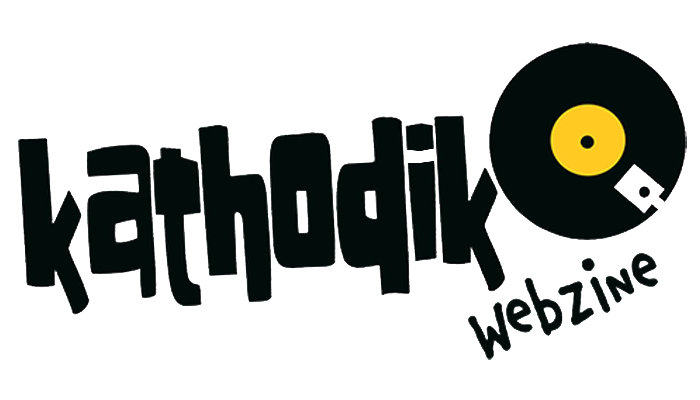
The Tenth episode dedicated to the discovery of Research Centers, Museums and Recording Studios where electronic music in all its forms is studied and practiced. First: Museo del Synt Marchigiano (here). Second: SMEM Swiss Museum for Electronic Music Instruments (here). Third: MESS Melbourne Electronic Sound Studio (here). Fouth: Nakatsugawa Korg Museum (here). Fifth: Museo della Farfisa (here). Sixth: VSM Vintage Synthesizer Museum (here). Seventh: CIM: Colloquio di Informatica Musicale XXIII (here). Eighth: SoundMit – International Synth Event (here). Nine: EMEAPP – Electronic Music Education and Preservation Project (here). Today is the turn of Mats Lindström, Studio Director of EMS Elektronmusik Studion, located in Stockholm, Sverige. I invite you to read the interview:
How did Elektronmusikstudion come about?
It started as a department within the Swedish public service radio, Sveriges Radio, in 1964.
How is it structured?
After leaving Sveriges Radio in 1970 EMS was constituted as a State Foundation with 100% state funding. Following the termination of Concerts Sweden (Rikskonserter) in December 2010, EMS has been incorporated into a Government Agency, Statens Musikverk (Swedish Performing Arts Agency), responsible for among other things cultural heritage in music and theatre.

What equipment does Elektronmusikstudion have?
We have placed great emphasis on good acoustics and high-quality speaker systems, and there are seven studios and one mechanical work shop at EMS:
Studio 1: ProTools 12 HDX and a 14.1 Genelec sound system, arranged in a 9-channel array at listening level and a 5-channel array in the ceiling, plus a subwoofer. Studio 1 is also equipped with an 8-channel Audient microphone preamp, two Heritage Audio 81A preamps and two stereo reverbs – a plate reverb and a spring reverb.
Studio 2: ProTools 12 HDX and a 15.1 Genelec sound system, arranged in a 10-channel array at listening level and a 5-channel array in the ceiling, plus a subwoofer.
Studio 3: ProTools 12 HDX, Audient ASP008 preamp, a small Buchla 200 system and 2-channel full range
Ino Audio sound system as well as a pair of Genelec 8341 near-field monitors and a pair of Genelec subs.
An AKG BX20 spring reverb is also available in this room. Studio 3 also houses a mobile rack containing an assortment of hardware synthesizers and effect units; two Yamaha TX81Z, a Nord Modular, a Nord Rack 3 and a Lexicon PCM80. The newest additions to Studio 3 are the following: a 500 rack containing a pair of Heritage Audio EQ73 JR, an SSL Ultraviolet stereo EQ and a SSL 500 stereo bus compressor, as well as a clone of a Buchla 100 system made by Jon Nensén.
Studio 4: ProTools 12 HDX and 4/8-channel Ino Audio sound system, with two main speakers and six small surround speakers. This system can also be used as an 8-channel system, though calibrated as a 4-channel. Two Genelec 8341 near-field monitors are installed in the studio as well as a pair of Genelec subs. An AKG BX20 spring reverb is also available in this room. Studio 4 is home to our Buchla 200 modular synthesizer, which can interface with the studio computer/other devices through a Buchla 225e MIDI/USB Decoder Module. Studio 4 is also equipped with an Audient ASP008 preamp.
Studio 5: Recording room shared between studios 1 and 4. The recording room has eight microphone connections to Studio 1 and to Studio 4, respectively. Stereo talkback is available from both Studio 1 and 4.
Studio 6: ProTools 12, Avid Omni interface and 2-channel Ino Audio sound system. Studio 6 is home to our Serge modular synthesizer which can be interfaced with from the studio computer through a Kenton Pro 2000 mk II MIDI-CV-interface. A pair of Genelec 8341 near-field monitors and a single Genelec sub are also installed in Studio 6 as well as two Genelec 8030 monitors positions for 4-channel listening. Also available in Studio 6 is a SYNTRX made by Erica Synths.
Studio 7: Pro Tools 12 and Final Cut X, RME Fireface sound card and a pair of Genelec 8341 speakers.
Our main softwares are ProTools, Ableton Live, Reaper, Logic X, SuperCollider, Max/MSP and Waves, Fab Filter, Izotope, Ircam and GRM plugins.

What can you do at the Elektronmusikstudion?
In addition to using the different studios, EMS is an important meeting point for professional practitioners working with various forms of non-commercial music and sound art. Belonging to the EMS user network means access to a huge source of knowledge exchange. There is also an on-site library with a unique collection of CDs, DVDs, and books on electroacoustic music and sound art.

Is it possible to do research at the Elektronmusikstudion?
EMS is not an academic institution that conducts its own research. EMS can offer researchers residence stays. Research service is linked to the Agency’s archives and are part of our assignment.

Is Elektronmusikstudion on social media?
Yes:
https://www.facebook.com/ems.stockholm
https://twitter.com/EMS_Stockholm
Does Elektronmusikstudion care for the issue of gender in electronic music? And in Swedish Musical Culture?
EMS has long been conducting systematic work to improve the gender balance among studio users. Nowadays, roughly 40% of the studio time is booked by female users. We strive to have an equal selection where possible in all contexts. This also applies to presentations and representation in public contexts.
What is your relationship with the Swedish government?
EMS is part of the Government Agency Statens musikverk (Swedish Performing Arts Agency) and the funding and mission is formulated by the Swedish Government through the Ministry of Culture.
See also https://elektronmusikstudion.se/about/ems
Is Elektronmusikstudion open to collaborations with institutions, associations, research centres?
Yes, almost all activities that are public take place in collaboration with others. Since EMS is not tied to any academic institution, we are free to collaborate with a variety of actors, which is also the case.
Ongoing projects and future projects
At the moment EMS has an exclusive collaboration with instrument builder Halldór Úlfarsson where we can offer composers to work with a unique instrument: the halldorophone, an electroacoustic type of cello.
We are also currently planning for our 60th anniversary in 2024 which takes most of our focus. The plans include an exhibition, record release and various program activities.
Link: Elektronmusic Studion Home Page
